Cctv news(Focus Interview): Today (October 18th) morning, the National Bureau of Statistics released the main data of the national economy in the first three quarters. This report card has undergone some unusual changes since it was hit by the COVID-19 epidemic last year. For example, GDP, which everyone is generally concerned about, introduced a new indicator "two-year average growth rate" this year.
In the first three quarters of this year, GDP increased by 9.8% year-on-year, with an average growth of 5.2% in two years. There is a certain gap between these two figures. In the first three quarters of this year, the economic growth rate showed a trend of high before and then low, while last year, on the contrary, it was low before and then high, and even negative in the first quarter. These special trends were largely related to the impact of the epidemic. So, how to correctly understand these changes? How has China’s economy recovered this year? What does this data have to do with our lives?
In the first three quarters of this year, China’s economy grew by 18.3%, 7.9% and 4.9% year-on-year, respectively. From the year-on-year data, China’s economic growth in the first three quarters of this year has been falling all the way. Does this mean that China’s economy is on the decline?
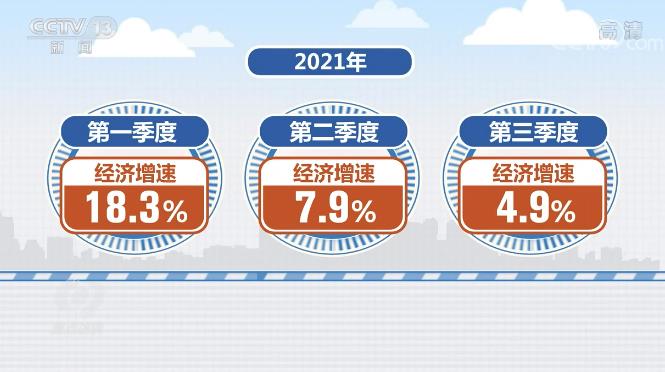
Fu Linghui, spokesperson of the National Bureau of Statistics and director of the National Economic Comprehensive Statistics Department of the National Bureau of Statistics, said: "In fact, at the beginning of the year, it can already be predicted that the economic trend will be high before and low after this year, mainly because of the impact of the epidemic last year, the overall economic trend is low before and high after. From this year’s point of view, after deducting this base factor, from the two-year average growth rate, the overall economic operation is relatively stable, and the steady recovery of the economy itself has not changed. "
Under the impact of the epidemic, some major economic data in China fluctuated violently. Take the economic growth rate as an example, it decreased by 6.8% in the first quarter of last year, while it increased by 18.3% in the first quarter of this year. Looking at the data of 18.3% alone obviously cannot objectively and accurately reflect the economic operation of China. Since the first quarter of this year, the National Bureau of Statistics has introduced a new indicator "two-year average growth rate". That is, based on the corresponding number of the same period in 2019, the growth rate is calculated by geometric average method.
Fu Linghui said: "The reason for using this method is to minimize the influence of the base factor. The average growth in two years was 5.2% in the first three quarters, which was still a relatively fast growth. From the first three quarters, we can summarize it in a few words: First, the economy is operating in a reasonable range; Second, the economic structure is adjusted and optimized, and the quality and efficiency are improved; Third, reform, opening up and innovation continue to advance; Fourth, the improvement of people’s livelihood continues to achieve new results. "
The expected target of China’s economic growth this year is more than 6%, and many international organizations have expressed their views on China’s economic development prospects. The confidence of international organizations comes from China’s precise prevention and control of the epidemic, but also from the strong resilience and potential of China’s economy.
Behind the macro data, people may feel deeper about things that are closely related to their lives, such as consumption. Think back, this year, do you eat out as often as before? Did you travel with your family and friends? Have you seen the newly released movie? Since the epidemic, many people’s consumption behavior has changed, and these changes are affecting consumption data. According to the latest data, in the first three quarters, the total retail sales of social consumer goods increased by 16.4% year-on-year, with an average growth of 3.9% in two years. What kind of information is hidden behind these data? Compared with before the epidemic, what is the recovery of consumption?
In July and August this year, floods occurred in some parts of China, and the local clustering epidemic caused by overseas imports also spread to many provinces, and the gathering and contact consumption such as catering and accommodation was affected to some extent.
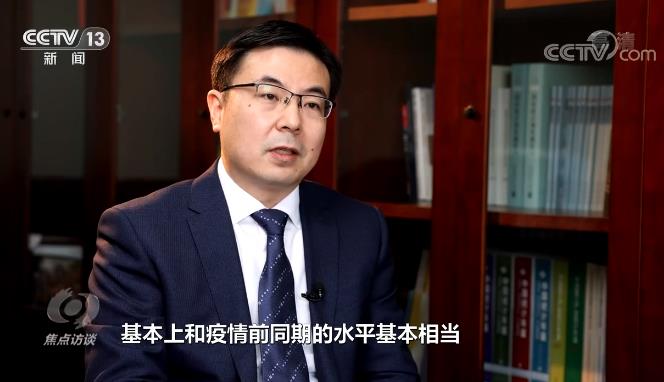
Fu Linghui said: "As the impact of the epidemic and public opinion subsided, the total retail consumption in September was obviously on the rise compared with the previous month, especially the catering income, which changed from the year-on-year decline in the previous month to the year-on-year increase. Judging from the scale of catering revenue in the current month, it is basically the same as that in the same period before the epidemic, which also shows that consumption recovery has better basic conditions and relatively strong resilience. "
With the effective control of the epidemic and further efforts to promote consumption policies, consumption continued to maintain a recovery growth. Among them, there are two outstanding highlights. First, the sales of goods that reflect consumption upgrading have grown rapidly. Second, the epidemic has accelerated the development of new consumption characterized by online and offline integration, and online consumption has grown against the trend.
In Longnan, Gansu, walnuts that have just been picked can be sent to all parts of the country from the depths of the mountains in a few days. It is rare to see what kind of walnuts with skins look like in the city, and they can be eaten fresh at home. The construction of transportation, network, logistics distribution center and other facilities connects urban and rural areas, allowing all kinds of agricultural products to fly to thousands of households, and constantly activating the consumption potential in rural areas.
In the first three quarters, the online retail sales of physical goods increased by 15.2% year-on-year, accounting for 23.6% of the total retail sales of consumer goods.
Huang Qunhui, director of the Institute of Economics of the Chinese Academy of Social Sciences, said: "Now it seems that we are expanding domestic demand, especially putting consumption in a major position. In terms of consumption, I think the key is to build a good market system to ensure the fair operation of the market. In addition, we must attach importance to the development of urbanization, and the new urbanization development itself will increase consumption. On the other hand, it is necessary to take advantage of a new round of scientific and technological and industrial revolution opportunities, especially online and offline consumption, to further explore and enhance consumption potential through scientific and technological revolution. "
In the "troika" investment, export and consumption that drives the economy, consumption has been the first driving force for China’s economic growth for many years. How to better release our consumption potential? Several indicators related to people’s livelihood are very important. The first is price. In the first three quarters, CPI rose by 0.6% year-on-year, with a moderate increase. Among them, the price of pork has dropped a lot, and everyone may feel it deeply. Let’s look at the "money bag" again. In the first three quarters, the per capita disposable income of the national residents was 26,265 yuan, a real increase of 9.7% year-on-year after deducting the price factor, and an average increase of 5.1% in two years, which was basically in sync with economic growth. Another indicator is employment. We often say that employment is the biggest livelihood. Only when employment is stable can we have a stable income, and only when we have income can we dare to consume. So what is the employment situation this year?
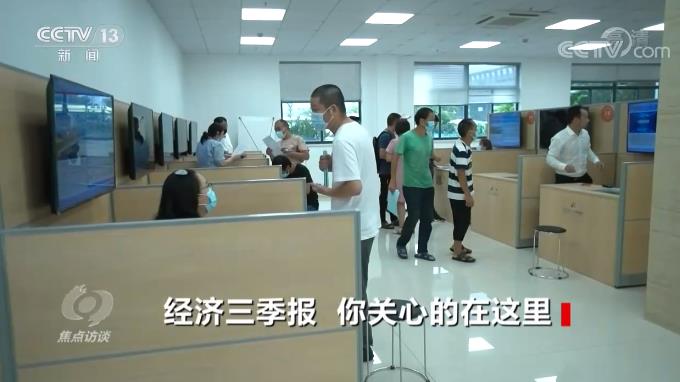
This year, China’s urban labor force has increased by about 14 million, including 9.09 million college graduates, a record high, and employment is under great pressure. In order to stabilize employment, the state has implemented the employment priority policy with greater efforts. On the one hand, we can stabilize jobs by stabilizing market players; on the other hand, we can strengthen employment guidance, hold various special recruitment activities, support entrepreneurship, support flexible employment, and create more jobs for key groups such as college graduates and migrant workers.
In Hunan, graphic designer Qin Yao earned a good income through flexible employment after graduating from university. In Anhui, through the "smart employment service platform" mobile phone applet created by the local social department, Chen Xiaona, a returning migrant worker, found a new job at her doorstep.
Since the beginning of this year, China’s employment situation has been basically stable, and the urban survey unemployment rate has steadily declined. In the first three quarters, 10.45 million new jobs were created in cities and towns nationwide, achieving 95.0% of the annual target. In September, the national urban survey unemployment rate was 4.9%, down 0.5 percentage points from the same period of last year.
Fu Linghui said: "From the structural point of view, the employment of some key groups has been well guaranteed. With the employment of college students, the youth unemployment rate has dropped month by month. Judging from the employment of migrant workers, the labor force of migrant workers in the first three quarters increased by 2% over the same period of last year. In terms of total amount, it basically recovered to the level before the epidemic in the same period of 2019. "
It is very important to stabilize employment to protect market players. Under the impact of the epidemic, only when enterprises survive and develop well can they provide more jobs. With a stable employment, you can have a stable income and dare to spend. These are all interlocking. So some production data may be far away from us, but they are actually closely related to our lives. For example, in the first three quarters, the added value of industrial enterprises above designated size increased by 11.8% year-on-year, with an average growth of 6.4% in two years. Then, since this year, what about the development of enterprises, our innovative kinetic energy and the quality of high-quality development?
1— In August, the profits of industrial enterprises above designated size increased by 49.5% year-on-year, with an average increase of 19.5% in two years, and their operations continued to improve.
This year, China Manufacturing accelerated its transformation to China Zhizhi. In the first three quarters, the added value of high-tech manufacturing increased by 20.1% year-on-year, and the investment in high-tech manufacturing increased by 25.4% year-on-year. Among them, the new energy automobile industry went against the trend, and its output increased by 172.5% year-on-year.
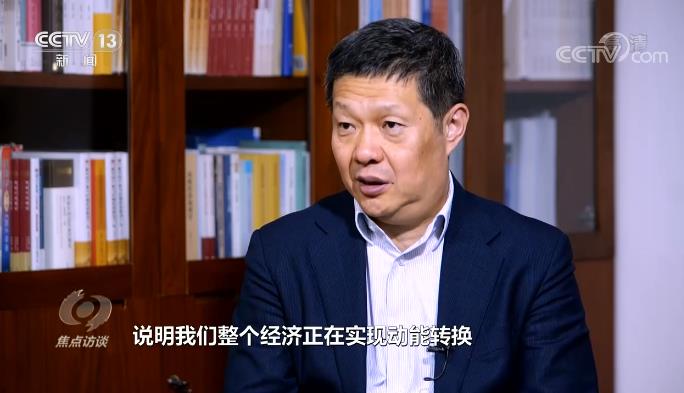
Huang Qunhui said: "In fact, like mechanical and electrical products and high-tech manufacturing, the growth of these industries has been higher than the average in recent years. It is generally a double-digit growth, and our general industry is 56% or 67%. Recently, this period of performance has become more prominent. From the data from January to September, it can be seen that exports have grown rapidly. One of the important reasons is driven by the export of mechanical and electrical products and high-tech products, indicating that the entire economy is realizing kinetic energy conversion. "
Since the outbreak, the living conditions of small and medium-sized enterprises have been concerned. Because the ability to resist risks is relatively poor, these enterprises are also hit hard. In order to help enterprises solve problems, China has successively introduced a series of policies such as tax reduction and fee reduction and financial support. However, at present, some small and medium-sized enterprises still face some practical problems. For example, the cost of raw materials has risen sharply this year, while the prices of downstream products have not increased accordingly, and the production and operation of enterprises are under great pressure.
Huang Qunhui said: "We can do something for small and medium-sized enterprises, which are located in the industrial chain, and when there is a big difference between PPI and CPI, we can reduce fees, profits and taxes. In addition, the financial problem is still a big problem for SMEs, and its financial support. After the recent opening of the Beijing Stock Exchange, it should be said that it is a good thing for small and medium-sized enterprises. Another is that we are now serving small and medium-sized enterprises as platforms. How can we give profits to small and medium-sized enterprises to support their development? I think this is also a very important measure. "
In the first three quarters, the total import and export value of China’s goods trade was 28.33 trillion yuan, an increase of 22.7% over the same period of last year, and the foundation of steady and qualitative increase in foreign trade volume was further consolidated.
Although the current domestic and international environment is still complicated and severe, judging from the main indicators, the national economy generally maintained a recovery trend in the first three quarters, structural adjustment was steadily advanced, and new progress was made in promoting high-quality development.
Huang Qunhui said: "There may be some downward pressure in the third and fourth quarters now, but we are confident to achieve this goal in the whole year. Of course, our policy should grasp some strengths and opportunities to ensure that cross-cycle structural adjustment can meet the requirements of high-quality development, but it cannot affect economic growth too much in the short term, and the overall economy can achieve stable, sustainable and high-quality development. "
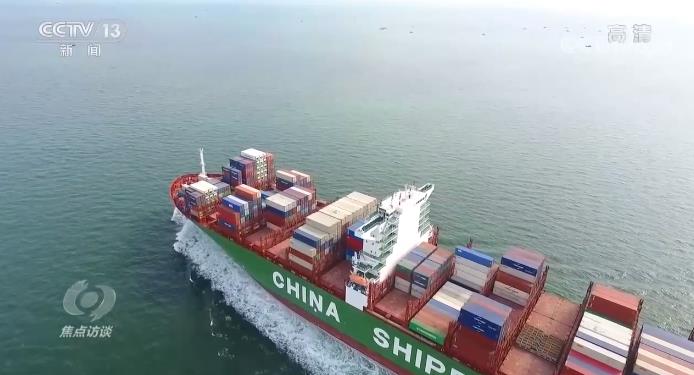
Macro-data projects the trajectory of China’s economy, and the living conditions of various industries, enterprises, families and even individuals actually contain it. We have encountered many difficulties in the past two years, but the crisis is the coexistence of crisis and opportunity. Faced with multiple tests, the country is vigorously escorting the economy and people’s livelihood. Some enterprises take the initiative to transform and seek breakthroughs, and some individuals find different life values through flexible employment and entrepreneurship. At present, China’s economy has been recovering steadily, but the risk challenges still exist. Only by constantly improving ourselves and doing our own thing in a down-to-earth manner can we not be afraid of the storm, cultivate new machines in the crisis, open up new opportunities in the changing situation, and accomplish the expected goals and tasks of economic and social development.